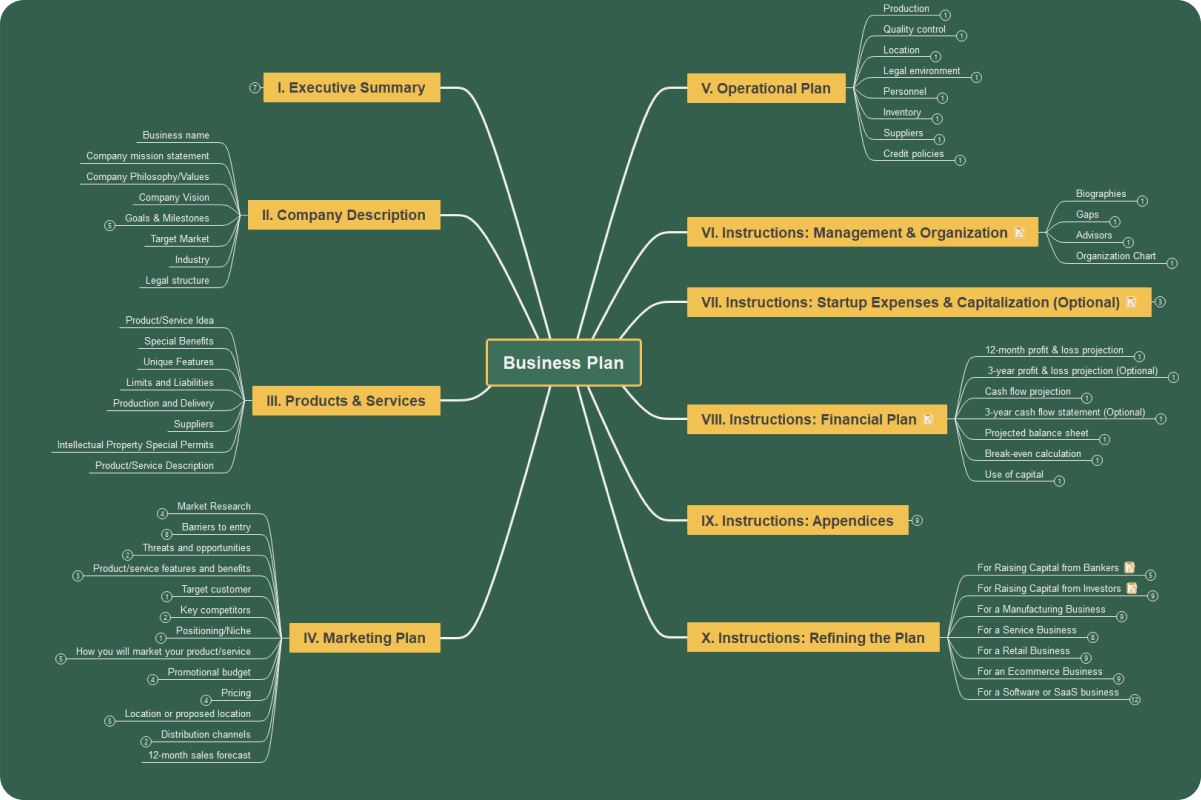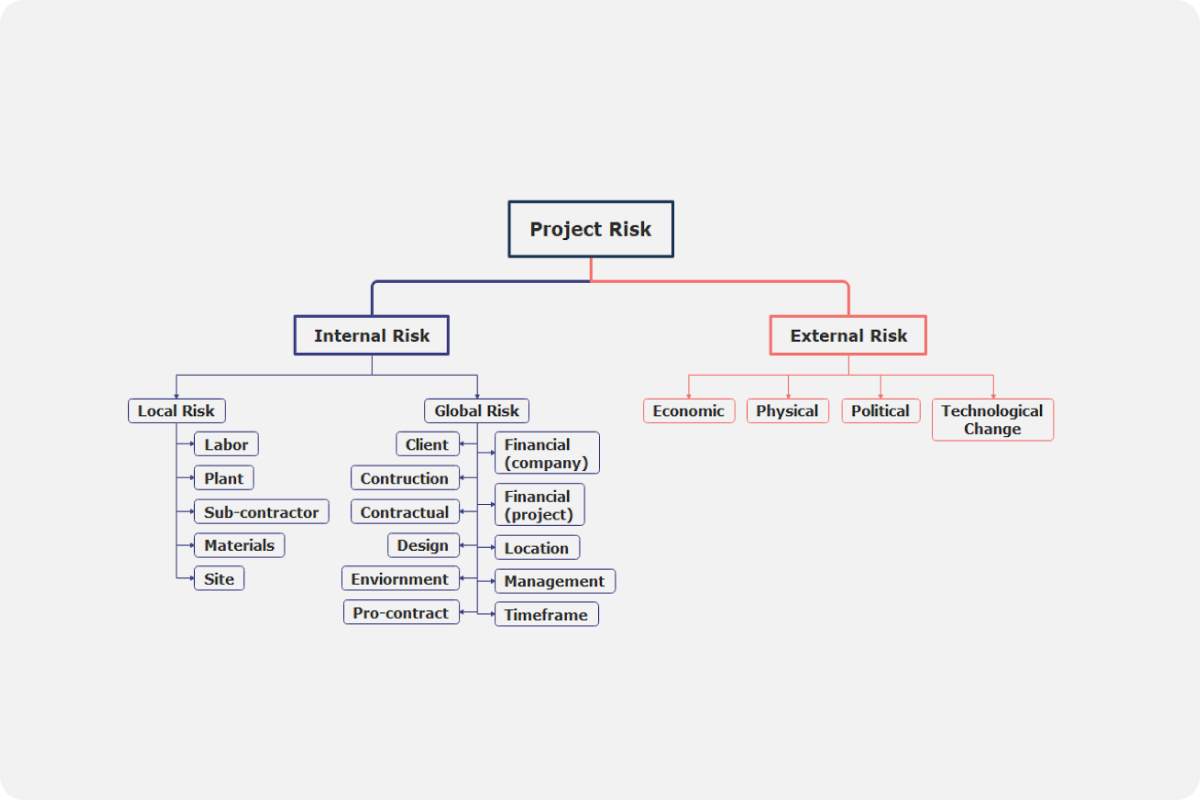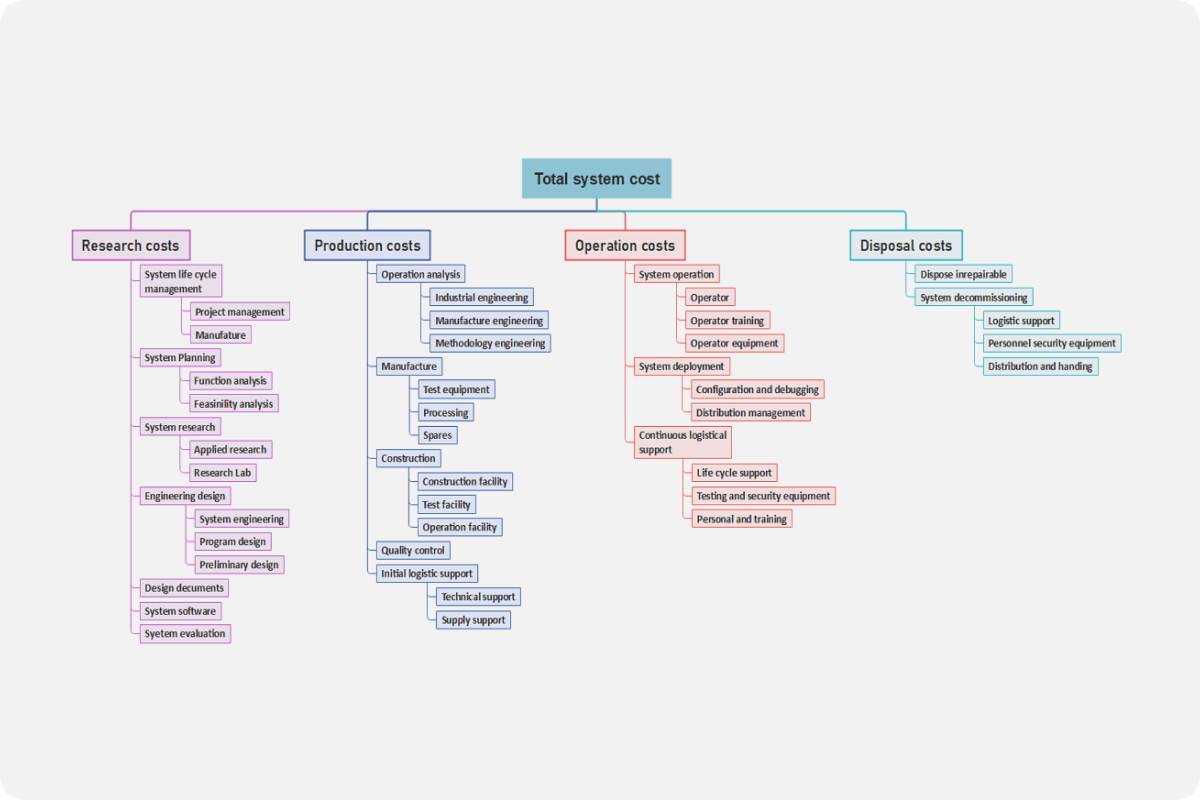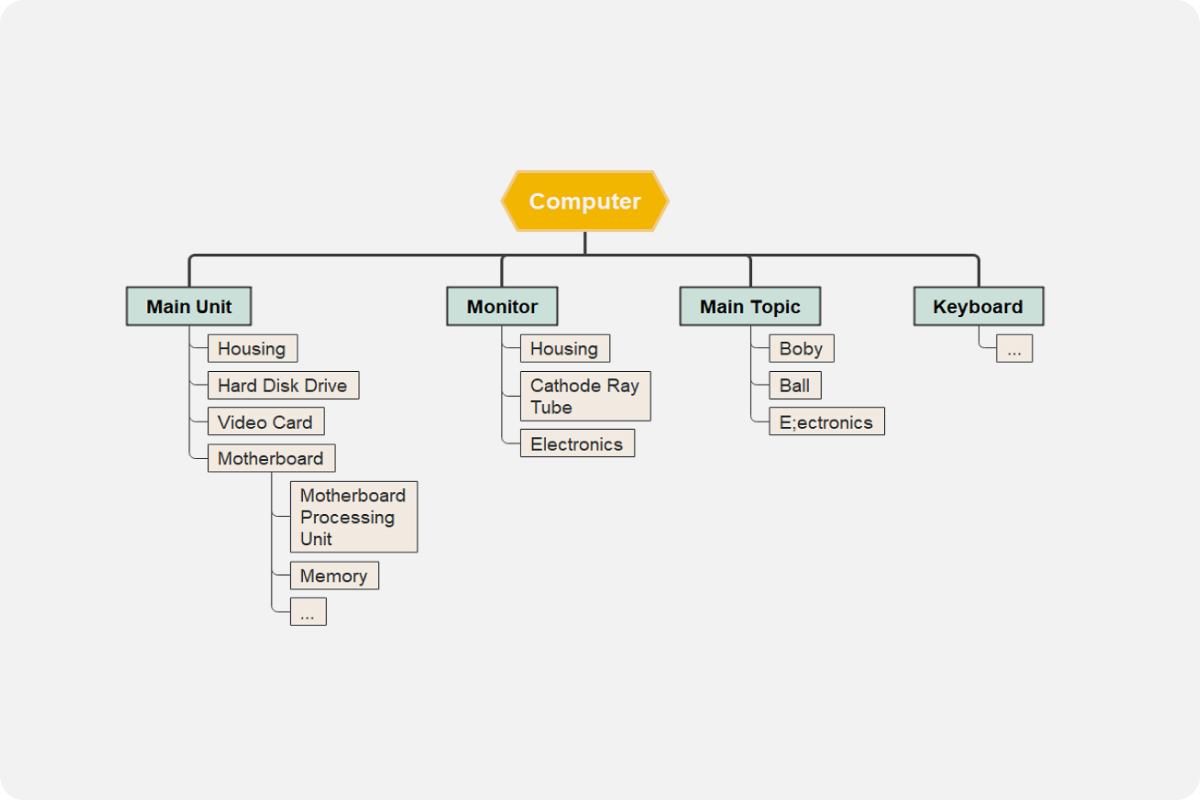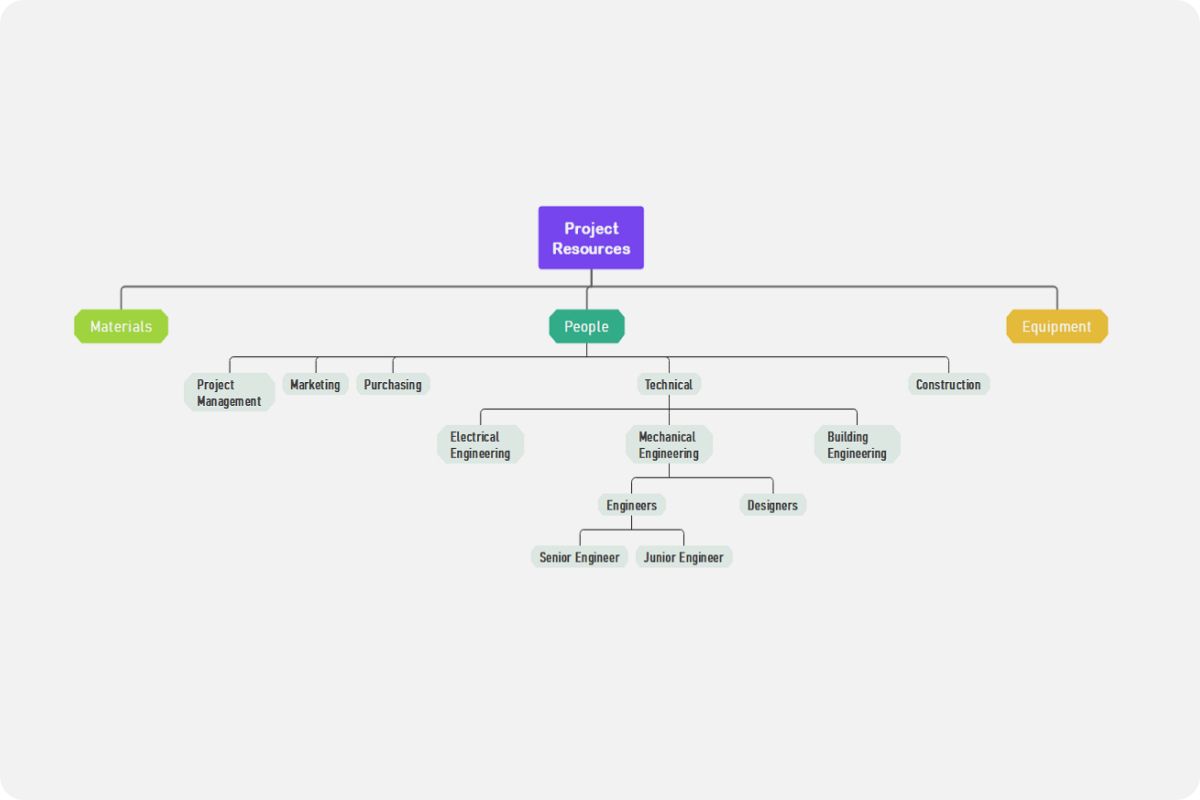About the Business Plan Mind Map Template
What is a business plan?
A business plan is a written strategic document that contains the roadmap of a business. It describes in detail the business’ objectives and goals and how they will go about achieving them. It also summarizes the aspects related to a company from marketing, operational to financial standpoints. Your business plan is somewhat the beginning of everything in business.
Business plans are essential documents used for both the external and internal audiences in the company. An example of a business plan’s use for the external audience is attracting investors before the company has shown a proven track record. The company’s employees are the business plan’s internal audience. Knowing the business plan makes it clear what their company is trying to achieve.
Usually, a business plan mind map is used by a start-up company. It is a crucial element for businesses preparing for launch as it summarizes their identity, objectives, and goals. It plays a significant role in a start-up company as it is the key to attracting investors. In addition to that, a business plan is what start-ups are betting on to attract investors.
Even if they are essentially helpful for start-up companies, every business should have a business plan. You review it periodically to see if the goals are met. This way, you can conclude what needs improvement for your business.
A business plan mind map also helps you determine if your proposed business is viable. There is no point in establishing a company that is not profitable. And a business plan will help you figure out the chances of your business’ success.
Why should you use a business plan?
As stated above, every business should have a business plan as it is a vital element when starting a business. But it does not only apply only to start-ups. Here are four reasons why any company should have a business plan.
For Business Growth
A business plan functions just like a GPS feature. It helps you steer your business growth and improvement and guides you through every stage of your business, from starting to managing it. It is a way to detail all the essential elements of how your business will go.
Achieve Business’ Milestones
A well-laid-out business plan map mind will help you think objectively about the critical elements of your business that influence your decision-making as you move forward. And that can lead to you achieving your business milestones.
Help in Getting Funding
A business plan helps you bring in new business partners who also means getting a newfound financial source. Investors will look for it when they have an interest and plan to invest in your business.
For Future Improvements
A business plan map mind can also help you in improving your business as time passes by. As you can determine what goals are met and aren’t with a business plan, your business decisions towards improvement will be influenced by it.
No Wrong Way of Writing a Business Plan
You can plan and write your business plan according to what works for you. It can be long or short. There is no right or wrong in writing it. What’s essential is that your business plan must meet your needs. You must not forget to include all the necessary information about your business. Aside from that, your objectives and goals should also be clear, as investors will likely examine those.
What are the key components of a business plan?
An effective business plan comprises several components that cover several aspects of company goals. The essential parts of a business plan include the following:
1. Executive summary. This is considered to be one of the most critical parts of the business plan. It gives an overview of the entirety of the business plan and highlights what it will cover. In most cases, it is ideal for writing the summary to understand the plan thoroughly and summarize it efficiently.
2. Business description. This provides a comprehensive and complete description of the business and its services, products, goals, and target market. You must include details concerning the industry your business will serve and possible trends and competitors in the industry.
3. Market strategy and analysis. This aspect aims to identify the company’s prime target market and where to find these audiences. A few factors to cover in this section include your target audience’s location, customer experiences, demographics, to name a few.
4. Sales and marketing plans. As you identify your target audience, it is also best to determine strategies to market and sell your products.
5. Competitive analysis. This aspect provides analysis and outlines the comparison of your product to your competitors. Identify the strengths and weaknesses of your competitor and how you expect your business to compare to your competition.
6. Organization and management description. This covers all the details of your company’s organization and management strategy.
7. Services and products description. You can use this section to describe further and explain your product. Include all the essential information about your services and products, like how they will be manufactured, the timeline, and costs.
8. Operating plan. The operating procedure must describe who you opt to run your business. You can include details on where and how your business will operate, the number of employees, and other business operations.
9. Financial projections and needs. This section must provide details and possible strategies on how your product can bring revenue and the budget you need to get started.
10. Appendices and exhibits. This is the final part of your business plan, which includes extra information to support the details presented on your business plan. A few things that you can put here are permits, marketing research, financial documents, essential legal documents, to name a few.
How to create your own business plan? The best practices
With the technology today, you can now make a business plan mind map template online. It can be a lengthy document, but here are a few steps on how to make your business plans simple yet detailed:
1. No one is happy reading a 100-page business plan, so make it concise. Since you need to use your business for the duration of the project, it must be something that you can refine and edit from time to time.
2. The way how your audience speaks must also reflect on how you write your business plan. Not all your investors can understand all the jargon in your industry, so the language of your business plan must be friendly to whoever reads it.
3. Before launching, you can work through your business plan by writing first a one-page pitch. This will help you identify the effectiveness of your written business plan. You can have your mentor or partner review the elements of your plans or speak directly to potential target markets.
4. A business has to have goals and objectives, and from the business plan alone, you need to establish and specify each of them. This gives you a clear view of where you want your business to go and what you want to do with your business.
5. Do not get intimated. Surely, writing a business plan can be a huge hurdle for you. However, in reality, it does not have to be. You are an expert on your business, and you know where you want to go with launching one. So be confident with it.
Why EdrawMind?
EdrawMind is a full-featured collaborative mind mapping and brainstorming tool. It is convenient and helpful for you to use EdrawMind to sort out your thoughts, visualize ideas, take notes, plan projects and more importantly, find solutions to problems.
Users are allowed to insert different kinds of objects into topics and mind maps in EdrawMind, including relationship line, boundary, callout, summary, mark, clip art, picture, hyperlink, attachment, note, comment, and tag. EdrawMind offers you a simple way to create mind maps on Windows, macOS, and Linux. Download the desktop version and try the free online version now!
22 structures & 47 themes & 750+
cliparts
Support Win, Mac, Linux, Android, iOS
Advanced import & export options
On-premises software for business
Enterprise-level data security
12 structures & 33 themes & 700+
cliparts
Access diagrams anywhere, anytime
Templates Gallery
Team management & Project management
Real-time Collaboration
